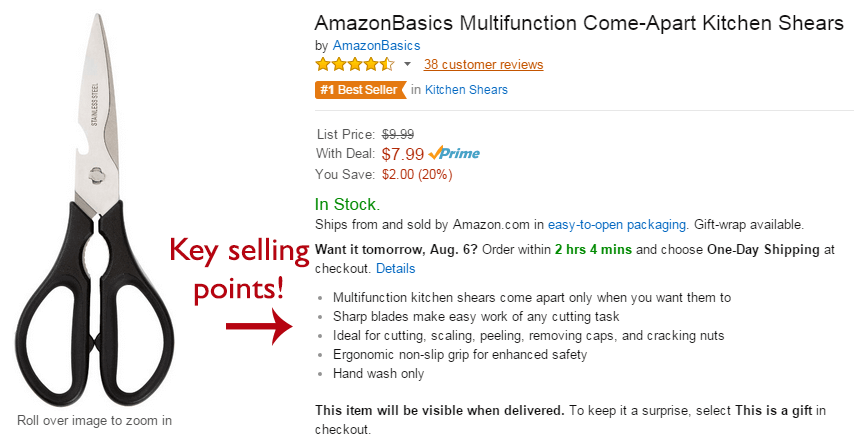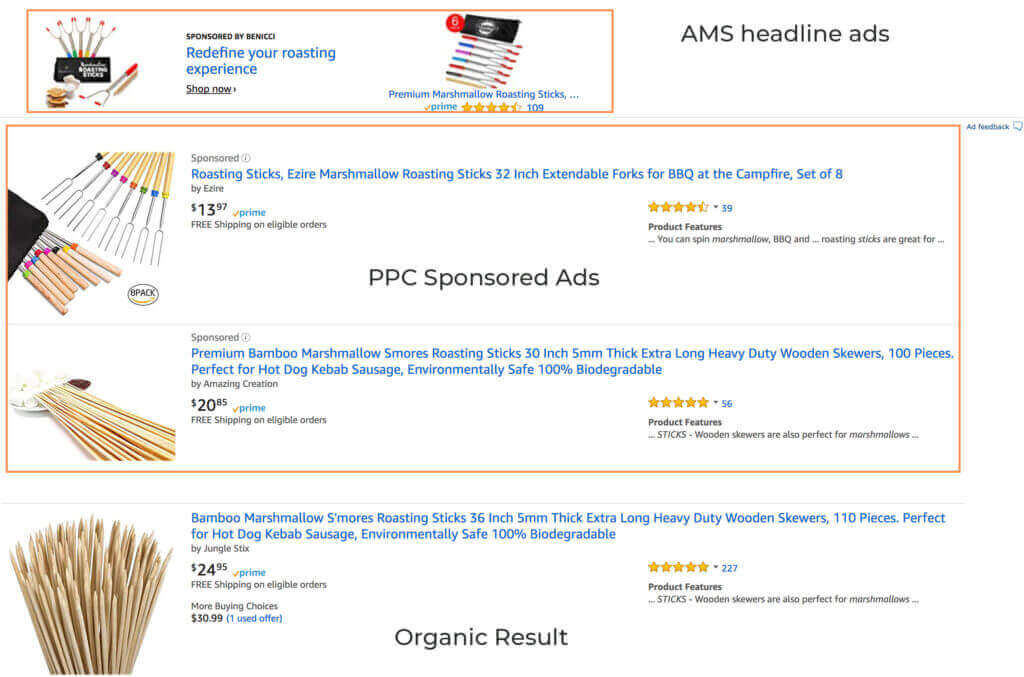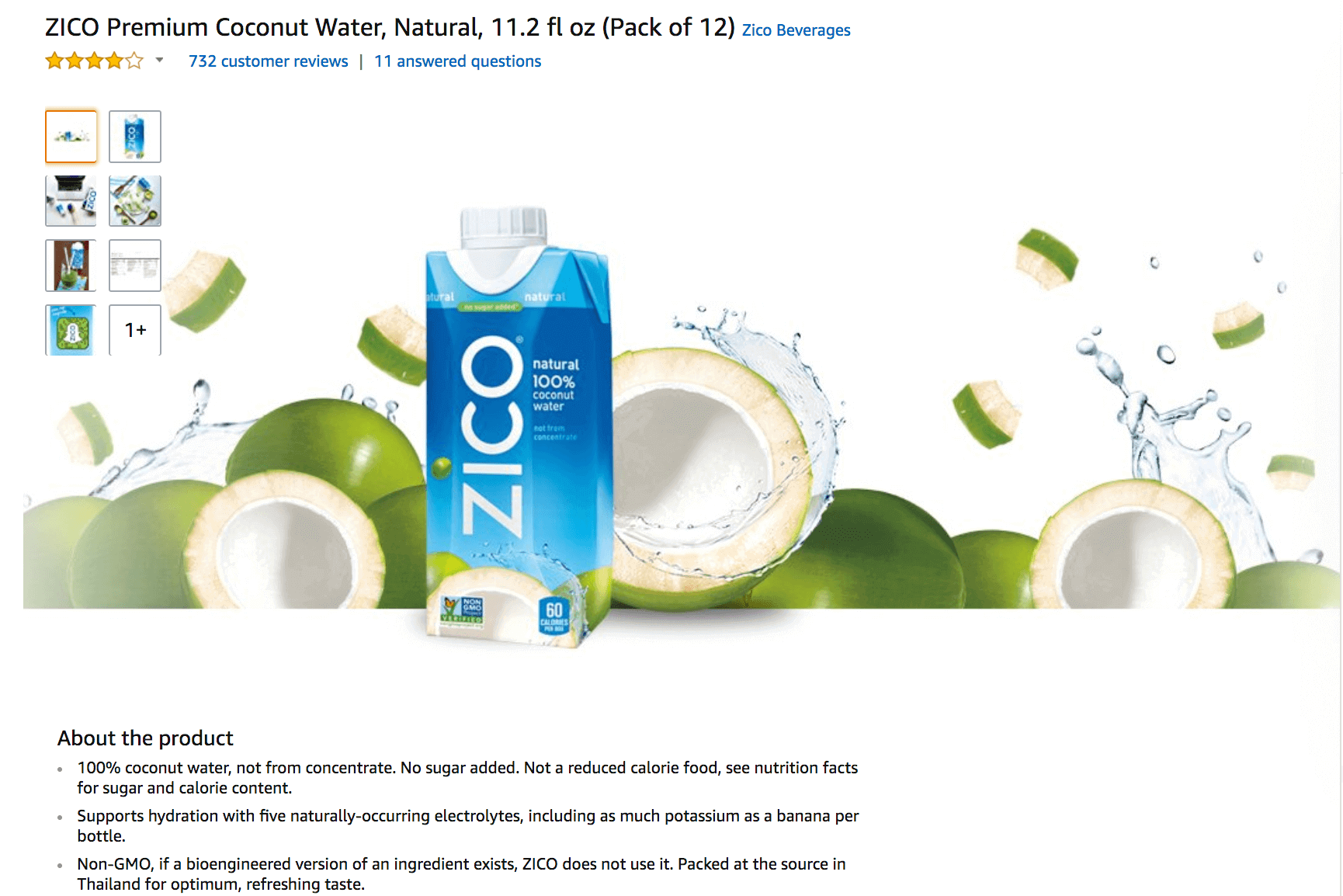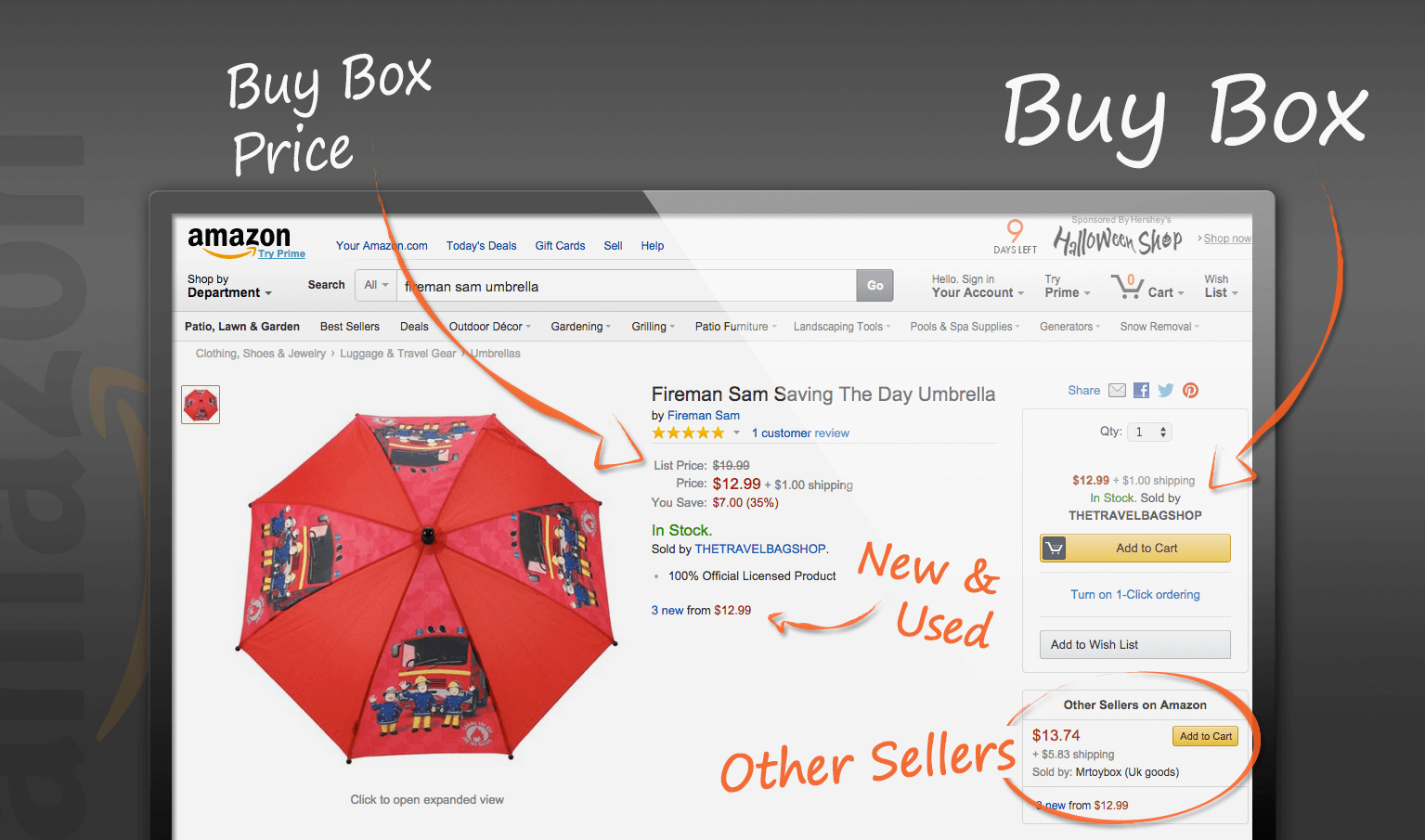When people come to Amazon they usually have one goal: to purchase a specific product. The only question which remains is: who will they buy it from? If you want the answer to be ‘me’, then you need to understand the basic principles of Amazon’s A9, the algorithm which powers Amazon’s search engine and search results.
In this post I will explain:
- The inner workings of Amazon’s A9
- Product listing optimization tactics
- Paid SEO options
What is Amazon’s A9 Algorithm and how does it work ?

Amazon A9 fuels the website’s product search box which displays product results for searching customers. This algorithm decides which products to display and how high those products will rank based on a host of criteria:
- Relevance to search words
- Previous customer behavior and preferences
- Quantity of past purchases of a specific product
As well as a host of other criteria which we don’t know as A9 is kept an Amazon corporate secret since the knowledge of the intricacies of the algorithm could potentially be worth hundreds of millions of dollars to merchants.
Anyone selling on Amazon knows the importance of being favored by Amazon’s search engine and that appearing high in search results is crucial to success. Products which do not appear on the first page will not be seen by most shoppers who never scroll past the first page. Some shoppers don’t even make it past the first three listings. Consider these two facts:
That means that the majority of business is done on the first page of results and the majority of that is concentrated into the first three listings. These numbers are mind blowing and proves just how important optimizing your products for the Amazon A9 search engine is.
Which exact factor’s influence search result rankings on Amazon’s A9 ?
There are two main groups of factors which have a large influence on your ranking on Amazon:
- Explicit –
- Text Relevance – Including the product title and description
- Stock supply – If you are out of stock your listing may be pushed very far down the list or disappear
- Price – A large gap in pricing with competitors may work to your disadvantage
- Inexplicit –
- Sales velocity – The more products you sell, the higher you will rank on Amazon as your success = Amazon’s success (this is also a key factor in eBay’s search engine algorithm)
How to improve your product ranking on Amazon ?
Here are some tips on how to tackle Amazon A9’s ranking factors one at a time and improve results systematically, otherwise known as SEO:
#1: Product Title
The first thing you want to tackle is your title. Make sure you put all relevant details in your title, putting the name of the product first. Do avoid overstuffing your titles which means you have all your keywords but it is not appealing to the human eye.
Amazon recommends including in your title:
- Product
- Brand
- Quantity
- Material
- Color
Here is an example of an overstuffed title versus one that is just right. The difference between the two is crucial when it comes both to search results and click-through rates.
Overstuffed:
Not overstuffed:
The latter is easier on the eye and therefore more appealing to customers.
#2: Product keywords
It is important to choose the best product keywords and the best way to do that is to look at the most successful products in your category and extract the keywords from there. Choose the top 3 or 4 products which are most highly ranked in your category and which have the highest number of reviews and comb through them for the most relevant keywords to you. Once you have compiled a nice list, I recommend cross-referencing it using tools which tell you a product’s search volume on Amazon such as MercahntWords. Now you have a perfect list of relevant keywords which are sure to generate you high volume eyeball traffic.
#3: Stock supply
It is important to always make sure that your products are in supply in order to not lose ground in search results.
- If you are using Amazon FBA or Fulfillment By Amazon, you can set automatic reminders which will tell you when inventory reaches a specific level so that you can restock.
- If you are selling on multiple websites, you can use multichannel synchronizing platforms which will help you sync your inventory levels so that you are never at zero. If you are just selling on Amazon there are also stand alone inventory management platforms.
Otherwise if you are just selling independently on Amazon – sourcing, storing and shipping all by yourself then make sure to always be on top of inventory and stay in constant contact with your suppliers in order to avoid future deficits.
#4: Pricing
Before pricing or even after your product is live check how your competition is pricing identical products. Creating large gaps is not in your best interest. Try to always match or beat your competition’s pricing. Do watch out for ‘bidding wars’ and ‘sharks’ who have very big operations and often lower prices to unreasonable amounts in order to flush out the smaller fish.
#5: Images
Amazon has a zoom function on images so that customers can take a closer look at products. They recommend using large images which are at least 1000 pixels either in height or width in order to enable this function. High quality images have long been associated with higher levels of sales meaning images have a large bearing on velocity and therefore influence search results rankings.
Additionally, I recommend trying out different image tactics such as showing people instead of products. One example is Medalia Art which saw a 95% increase in click-through rates when they replace pictures of paintings with pictures of the artists themselves.
#6: Wall of text
A wall of text in content writing jargon means that you have a large amount of text which is not broken up by bullet points, images or any other form of spacing. When writing your product description avoid using walls of text as they have a double disadvantage:
- Consumers dislike them as they are confusing and unapproachable which means using them will lower your sales or conversion rates thereby lowering your velocity and appearance in search results
- A9, Amazon’s algorithm dislikes walls of text but rather prefers text with bullets which is more organized and easier to categorize and decipher.
Bottom line: Use bullets in your product descriptions
#7: Product Reviews
Product reviews are key to increasing your sales and in order to rank higher in search results. Products with a large amount of positive reviews sell better since shoppers have an immense faith in social feedback and rankings. On the flip side of the coin, Amazon knows this and will rank a product with more positive reviews higher in search results. Consider adding a small note in with the package you send your customer or sending a follow-up email asking them to kindly write a review.
#8: Backend search terms
These terms are invisible to customers but get indexed by A9 and therefore can have a great positive influence on your product’s searchability and findability. The things you should include in your backend text include:
- Keywords you were unable to fit into your title or description
- Misspellings of your product or related words
- Translations of your key product words into Spanish due to the large Spanish speaking population in the US
- Any related words that people might search for such as a dog breed when selling dog products or shoe size
You can write this text using a platform called Helium 10 – Scribbles Tool.
Also note that there is no need to repeat a keyword anywhere in your listing. Number of appearances has no bearing on searchability or ranking.
Paid Amazon SEO Options
Although nobody likes to spend money. More often than not, the old adage stands unrefuted: ‘you need money in order to make money’. I will expand on this topic in depth in a later post but in the meantime here are a few very effective paid SEO steps to consider:
Advertising Campaigns
This can be divided into two groups:
- Internal – Internally you can pay for what is called Pay Per Click (PPC) where you pay Amazon to show your product together with ‘organic’ results and everytime someone clicks on your product you pay Amazon a fee.
- External – This may include:
- Facebook ads
- Google AdWords
- Paying to have targeted discount codes sent out by email
- Using a Launch service which is meant to create an unnatural spike in sales through an advertising catalizator with the long term success of your product depending on its organic demand after the Launch service steps back
Amazon Brand Content
Using this service Amazon allows individuals or companies to enhance their branding on product listings with the help of image placement and better graphic designs which put the product’s brand at the forefront and give a highly professional look and feel to the listing. Studies show that ABC could boost sales or conversion rates by up to 45%.
Use FBA
Using Fulfillment by Amazon is a very individual choice and is right for some merchants but not for others. FBA is a service whereby Amazon deals with the storage as well of shipping and handling of products but of course this service comes at a cost. Calculating FBA fees aside, sellers who use FBA seem to rank higher on Amazon. I say ‘seem’ because no such official policy exists but this is the conclusion derived from observations.
Use a Professional Seller Account
A Pro Seller Account will run you $39.99 a month but will exempt you from aying the $1 per product fee that Individual Seller Account holders pay. Just like FBA, Professional sellers have a higher chance of visibility in search results due to the ‘Buy Box’. On the right side of the search result page, Amazon displays one seller in what is called the ‘Buy Box’ which is the seller Amazon recommends shoppers buy from. This is determined and redetermined every 15 minutes based on Amazon’s A9 algorithm. This box accounts for 82% percent of sales on Amazon but again if you are an individual seller you are not eligible.
Summing it up – Amazon Search Engine A9 and SEO
You now have a solid foundation of knowledge how Amazon’s search engine algorithm works. You know which options are available to you in order to optimize your Amazon listings and rank higher in Amazon search results and how to increase your sales velocity. You can choose whether to use the free SEO tools I mentioned above or the paid options or combine options from both groups. What you choose to do is up to you but I recommend that you view this post as a call to action in order to get ahead of your competition and to appear in the top Amazon Search engine results page or SERP. Additional SEO tips and A9 insights would be much appreciated below 🙂











